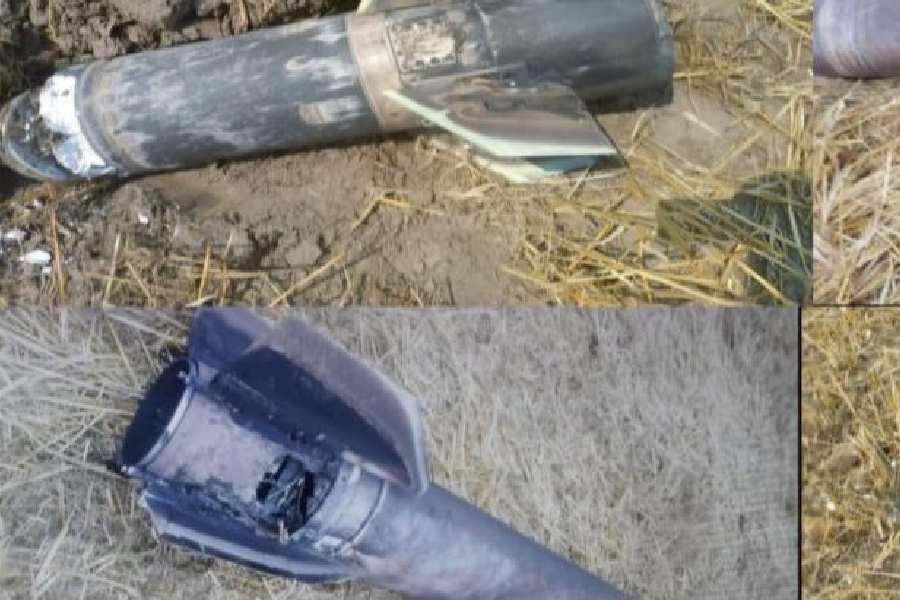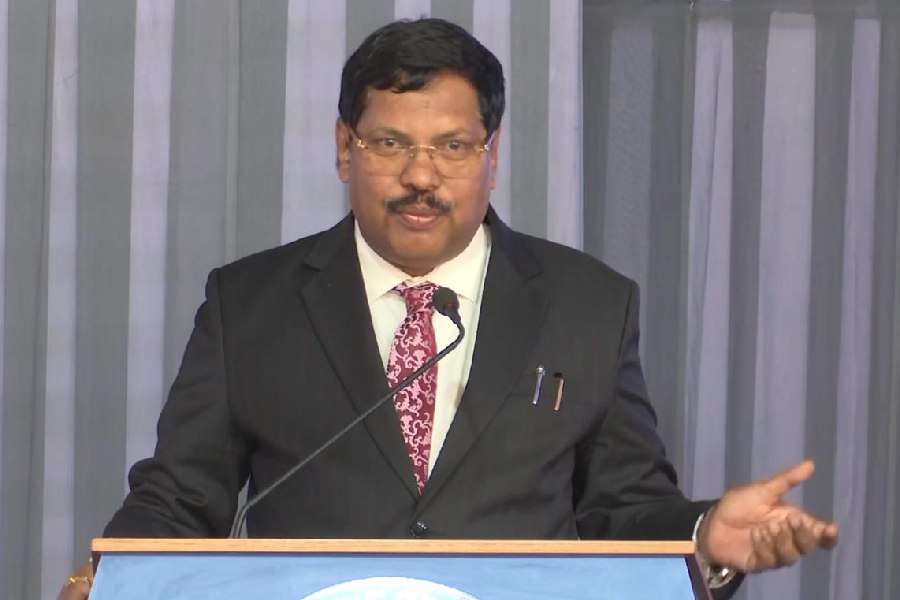An improvised, polluting three-wheeler has taken over roads on the outskirts and is creeping into the city as the administration sleeps on phasing out foul-fume spewing autorickshaws.
The vehicle — cycle-vans powered by engines of discarded motorcycles — is commonly known as vano and runs on kerosene, thus posing pollution and other threats.
More than 2 lakh vanos ply in and around the city, carrying goods as well as passengers, according to estimates.
The Motor Vehicles Act has no provision for issuing licences to vanos.
“It is risky to run vanos on city roads, particularly over flyovers. They are unstable with weak braking power and are prone to overturning. The accident rate is very high. Besides, they are also highly polluting and risky for both drivers and passengers,” said Ali Ahmed, a mechanical engineer.
Vanos, which usually ply in the hamlets east of the EM Bypass and suburbs in North and South 24-Parganas, have started entering the city in increasing numbers. They can be spotted on the EM Bypass, Picnic Garden Road and BT Road, around Ballygunge station and in Kasba, Topsia, Tiljala, Behala, Rajabazar and Jadavpur.
“It is difficult to track down vanos since they do not carry number plates. We will not be able to tell if seized vanos start plying again after being handed back to the owners,” said a traffic sergeant on the EM Bypass, near Science City.
Low investment and high revenue earning potential are the reasons behind the popularity of the vano. Assembling a vano takes between Rs 15,000 and Rs 25,000, a quarter of the price of an autorickshaw.
A vano operator said he earns between Rs 400 to Rs 500 a day, the same as an autorickshaw driver.
“Earlier, after plying my cycle-van the whole day, I would make Rs 150. With a vano, I earn more than double. It is easy to drive and saves time. I could only carry up to five quintals of load on my cycle-van and used to sweat profusely. In a vano, I can carry 10 quintals without putting in much effort,” said Aminuddin, a vano owner who lives near Hasanabad.









